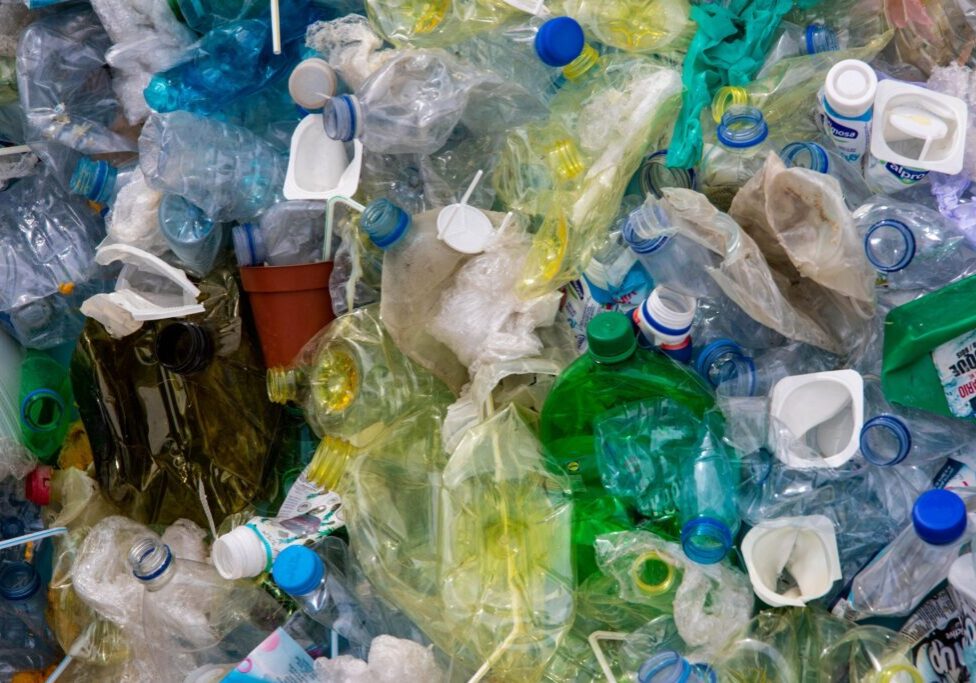Your environmental impact: 5 ways to cut down your everyday plastic use
It’s no secret that we need to do a better job of protecting our planet. Even with encouraging declarations from countries like New Zealand, which vows to become a carbon-neutral government by 2025, and the United Kingdom, which promises to cut its carbon emissions by 68% by 2030, it isn’t enough to reverse the disastrous impacts of global warming. A new report released by the United Nations suggests that since the signing of the Paris Agreement 5 years ago, the world is far from hitting its climate goals.
However, saving the planet shouldn’t be a chore. No matter how small, every individual’s contribution can collectively make a big change. Have you ever considered the small things you can do in your everyday life to make a difference? Believe it or not, there are tons of simple ways you can help, starting with removing plastic.
Why should we cut out plastics?
The use of everyday plastic in the modern world has become a major catalyst to our environmental problems. Since the early 1950s, researchers estimate that more than 8.3 billion tonnes of plastic have been produced, of which 60% of that plastic has ended up in either a landfill or the natural environment. 8 million tonnes of plastic end up in the world’s oceans every year alone. And if these trends continue? Plastic could account for 20% of the world’s total oil consumption by 2050, according to the United Nations.
Removing plastics from your everyday life and substituting them with more eco-friendly options is one of the simple ways you can help make a big difference. Check out these 5 easy ways to reduce your everyday plastic use:
1. Buy an aluminum reusable water bottle.
Skip the plastic water bottles and invest in an aluminum, reusable one. Why? Let’s take a look at the numbers and facts around producing plastic water bottles.
In 2006, it took approximately 17 million barrels of oil to make all the plastic for bottled water consumed by Americans. For context, that was enough energy to power 1 million vehicles for a year. In 2018, Stanford University estimated the oil consumption was 50 million barrels for plastic bottle production. And that’s not all—that doesn’t factor in the fossil fuels used to transport the plastic bottles from the manufacturers to the bottling facility. That reusable water bottle seems a lot more worth it now, doesn’t it?
2. Encourage your office or place of work to buy a bottleless water dispenser
Buying beverages on your lunch break or grabbing bottles and cans of drinks from the work refrigerator? Say no-more and ask your company to decrease its footprint. Ask them to invest in a better way to hydrate with Bevi, the smart bottleless water dispenser. Bevi’s average machine displaces 30K bottles and cans per year. Plus, for companies that offer bottled and canned beverages, it reduces costs by 40-60%. You’ll score brownie points with the CEO for saving money and the whole office will be giving you high-fives for introducing them to their new favorite guilt-free beverages.
3. Bring your own bags and containers to the grocery store.
Don’t pay the extra 10 cents per bag they charge you at the grocery store. Save your money and save our planet by bringing some reusable bags when you go food shopping, to the pharmacy, or out for a day shopping with friends. Pro tip: leave them in the trunk of your car so you don’t forget when you go grocery shopping each week. You’ll thank us for that one later!
4. Ditch the straws and just drink out of the cup.
Next time you are out for drinks or grabbing an iced coffee at your local coffee shop, ask the bartender or the barista to skip the straw. If you rely on straws because of a disability, you can buy a reusable straw made out of stainless steel, bamboo, or even glass to bring with you on-the-go. They even make ones with to-go cases and cleaning brushes so you can stay clean and eco-friendly.
5. When you order takeout, avoid using plastic containers and cutlery.
Before you order your takeout, you can avoid using plastic containers in one of two ways. First, call ahead to the restaurant and ask if they would be willing to package your food in compostable packaging i.e. paper, cardboard—package it plastic-free. Ask to skip the plastic cutlery and use your own at home. Most restaurants will be happy to accommodate these requests.
If that is not an option, Kathryn Kellogg, author of the blog and book “Going Zero Waste” suggests bringing your own glass or plastic-free containers. She does this with most of her local take-out favorites and talks about tips for how to best approach it for the first time in her blog.
No matter how small, every contribution makes a difference
Your environmental impact has a ripple effect. No matter how small these changes might be, starting by reducing plastics from your everyday life with these 5 easy tips makes a big difference in protecting our planet.
What other tips do you have for removing plastics in your day-to-day life? Re-share this article and let us know your ideas on LinkedIn, Twitter, Instagram, or Facebook!


